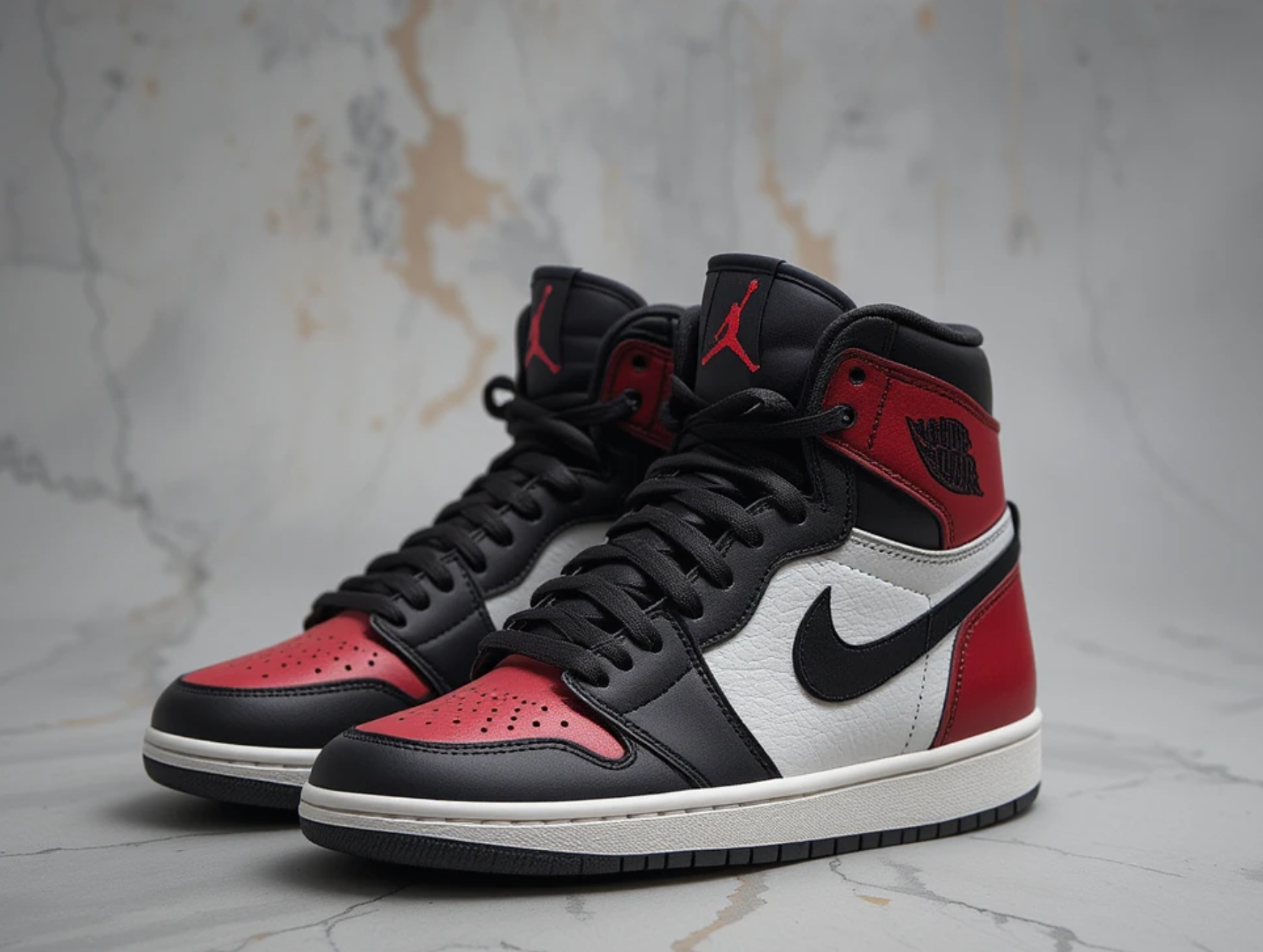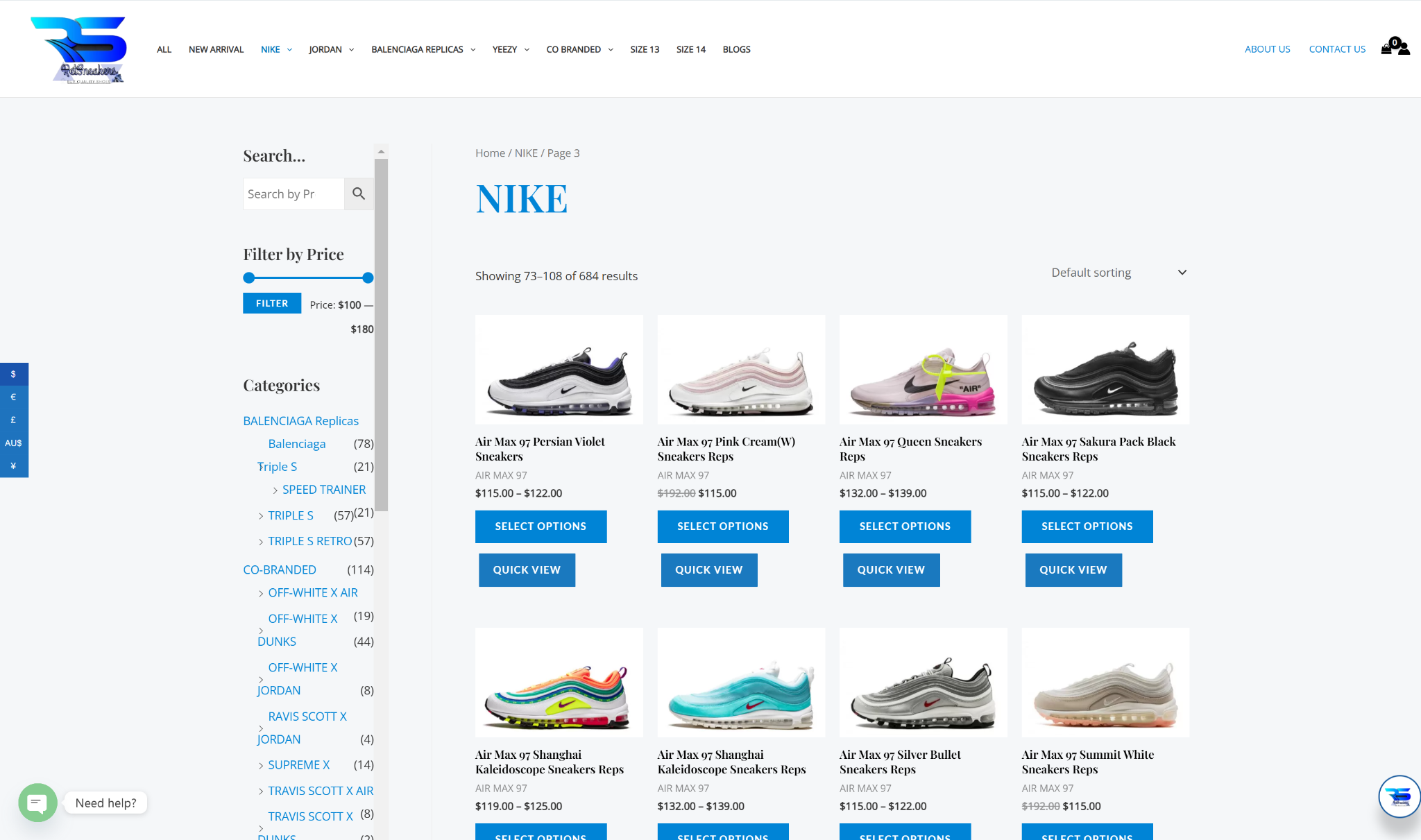Understanding Replica and Fake Shoes:An In-Depth Exploration
Understanding Replica and Fake Shoes:An In-Depth Exploration
From Sajjid Khan
In today's global village, the attraction of designer wear and luxury Fake Shoes has never been more alluring.
Subscribe to follow campaign updates!
More Info
In today's global village, the attraction of designer wear and luxury Fake Shoes has never been more alluring. Many consider acquiring a pair of designer shoes or exclusive sneakers to be an aspiration-a sign of prestige, style, and character. However, these very same high costs that usually come with such commodities lead one to look for alternatives, mainly replicas and fakes.
Although the terms are often exchanged for one another, there is a significant difference between them in context and implications in the market. Hence, this article explores such replica and fake shoes, appeals, ethics, quality of comparison, and their eventual impact on the fashion sector.
What Are Replica Shoes?
Replica shoes are products that look and sometimes even feel like the real high-end ones. They have been mostly marketed as "high-quality copies" and are, therefore, made to look and feel exactly like the original product. Manufacturers of replica shoes generally claim to use similar materials and construction techniques as the original versions.
Unlike fake goods, which are designed to deceive customers by being passed off as genuine products, replica shoes may be sold openly as imitation products. This openness is attractive to buyers who give more importance to aesthetics but are not willing to pay the huge prices of the original brand.
The Fake Shoes Category

Fake shoes, however, are more commonly referred to as counterfeits. These are products specifically designed to deceive consumers into believing that they are authentic designer or brand-name items. Fake shoes normally carry the trademarks, logos, and branding of the original product without permission.
The quality of fake shoes can vary greatly. The most are shoddily constructed and full of mistakes and defects in material use, whereas others (the "super fakes") are barely distinguishable to the naked eye from authentic versions. Super fakes pose an increasingly significant issue for both brands and customers alike since they blur what has historically been a critical distinction between replicas and counterfeits.
Why Do People Buy Replica and Fake Shoes?
Several factors drive the demand for replica and fake shoes, ranging from affordability to social pressure. Understanding these motivations can shed light on why these markets continue to thrive despite ethical and legal concerns.
Affordability
One of the most obvious reasons is cost. Authentic designer shoes and limited-edition sneakers often come with price tags that are out of reach for the average consumer. Replica and fake shoes offer a more affordable alternative, allowing people to enjoy the style and design without breaking the bank.
Social Media and Influencer Culture
The rise of social media has amplified the desire for trendy and exclusive footwear. Platforms like Instagram and TikTok showcase influencers and celebrities flaunting the latest sneaker drops or high-end heels. For many, the pressure to keep up with these trends drives them toward replicas or fakes, which provide a way to emulate their favorite stars without the hefty price tag.
Exclusivity of Authentic Products
Brands like Nike, Adidas, and Balenciaga often release limited-edition collections that sell out within minutes. The scarcity of these products fuels demand in the resale market, where prices can soar to several times the original retail cost. Replica shoes allow fans to own versions of these coveted designs without navigating the competitive and expensive resale market.
Lack of Awareness
Some buyers unknowingly purchase fake shoes, particularly when shopping from unverified online platforms or third-party sellers. These consumers might believe they are getting a good deal on authentic products, only to later discover they’ve bought a counterfeit.
Quality Comparison: Authentic vs. Replica vs. Fake Shoes

Materials
Authentic shoes from reputable brands are crafted with premium materials, ensuring durability, comfort, and aesthetic appeal. Replica shoes may use similar-looking materials but often compromise on quality to reduce costs. Fake shoes, especially low-grade ones, frequently use subpar materials that wear out quickly.
Craftsmanship
The craftsmanship of authentic shoes is unparalleled, with attention to detail being a hallmark of luxury and high-end brands. Replica shoes aim to replicate this craftsmanship but often fall short in terms of stitching, fit, and finishing. Fake shoes, particularly low-end variants, are prone to visible flaws such as uneven stitching, poorly aligned logos, and mismatched colors.
Branding and Packaging
Authentic shoes come with original packaging, authentication cards, and other accessories that enhance the buying experience. High-quality replicas may include similar packaging to mimic authenticity, while fake shoes often have generic or low-quality packaging.
Longevity
Authentic shoes are designed to last for years with proper care, whereas replica and fake shoes generally have a shorter lifespan. The materials and construction methods used in replicas and fakes simply cannot match the durability of genuine products.
The Ethical and Legal Implications
Intellectual Property Infringement
Replica and fake shoes often violate intellectual property laws by copying protected designs, logos, and branding. This infringement not only harms the original creators but also undermines the value of their work. Brands invest significant resources in research, design, and marketing, and counterfeiting erodes these investments.
Labor Practices
The production of fake shoes is frequently associated with exploitative labor practices. Factories producing counterfeits often operate outside regulatory frameworks, subjecting workers to poor conditions and low wages. Consumers who buy fake shoes indirectly support these unethical practices.
Impact on the Fashion Industry
The prevalence of replicas and fakes poses challenges for the fashion industry. It dilutes brand value, reduces revenue for legitimate businesses, and can even harm a brand’s reputation. However, some argue that the replica market forces luxury brands to innovate and improve their offerings, ultimately benefiting consumers.
Consumer Responsibility
Consumers play a significant role in the perpetuation or curbing of the market for replicas and fakes. By opting to support the legitimate brands, buyers contribute to a fairer and more transparent fashion ecosystem. On the other hand, buying replicas or fakes perpetuates the cycle of counterfeiting and all its issues.
How to Avoid Fake Shoes
For those who value authenticity, distinguishing between real and fake shoes is essential. Here are some tips:
1. Buy from Authorized Retailers: Purchase directly from brand stores, official websites, or authorized dealers to ensure authenticity.
2. Check the Price: If a deal seems too good to be true, it probably is. Be cautious of heavily discounted products.
3. Examine the Details: Look closely at stitching, logos, and materials. Authentic shoes often have a level of precision that fakes cannot replicate.
4. Research the Seller: When buying online, check reviews and ratings of the seller. Avoid platforms with a history of counterfeit issues.
5. Authenticate with Experts: Use third-party authentication services that specialize in verifying luxury goods and sneakers.
Conclusion
Replica and fake shoes represent a very complex part of the fashion and footwear industries. Though they do provide cheaper alternatives for consumers, there are some drawbacks of replica and fake shoes related to ethics, law, and quality. Therefore, learning the differences between original, replica, and fake shoes may help consumers in balancing their desire for style with their personal values and budget constraints.
The debate over replicas and fakes is unlikely to end soon, as demand continues to grow in a globalized and digitally connected world. By prioritizing transparency, ethical practices, and quality craftsmanship, both consumers and brands can contribute to a more equitable and sustainable fashion ecosystem.
Campaign Wall
Join the Conversation
Sign in with your Facebook account or email.
